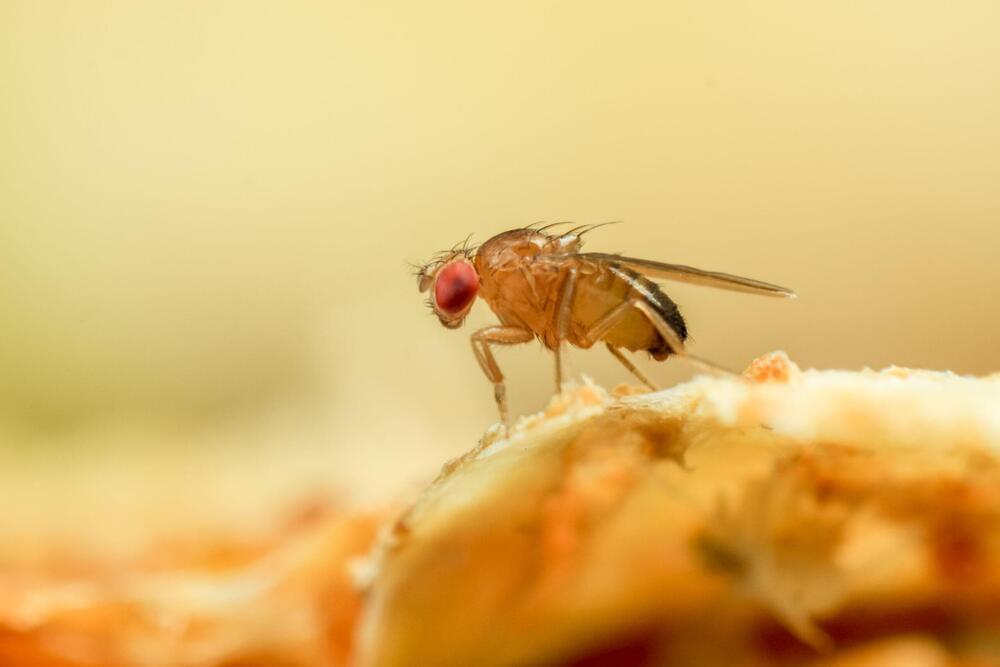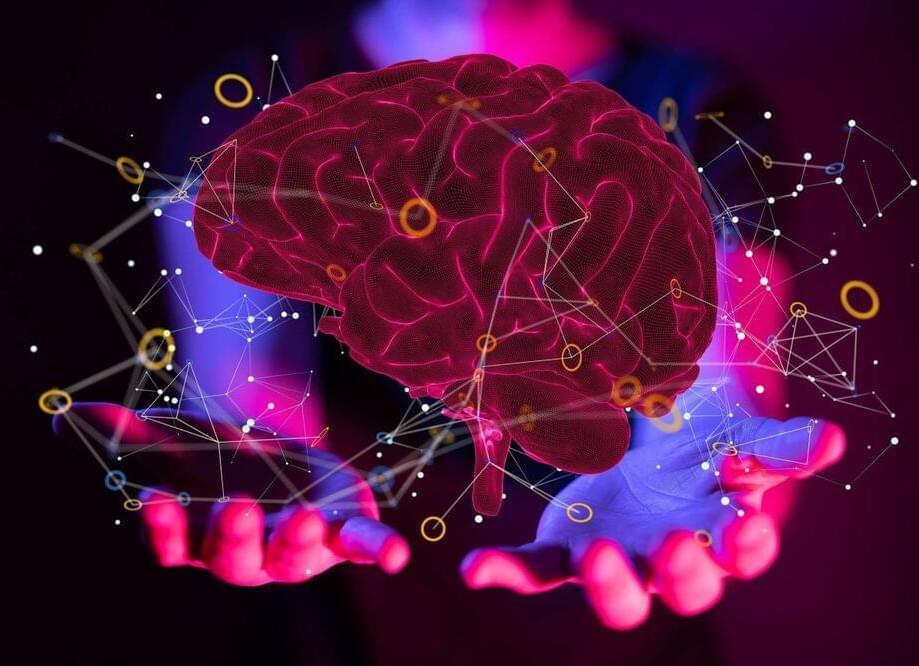The fruit fly larva connectome showed circuit features that were strikingly reminiscent of prominent and powerful machine learning architectures. “Some of the architectural features observed in the Drosophila larval brain, including multilayer shortcuts and prominent nested recurrent loops, are found in state-of-the-art artificial neural networks, where they can compensate for a lack of network depth and support arbitrary, task-dependent computations,” they wrote. The team expects continued study will reveal even more computational principles and potentially inspire new artificial intelligence systems. “What we learned about code for fruit flies will have implications for the code for humans,” Vogelstein said. “That’s what we want to understand—how to write a program that leads to a human brain network.”







